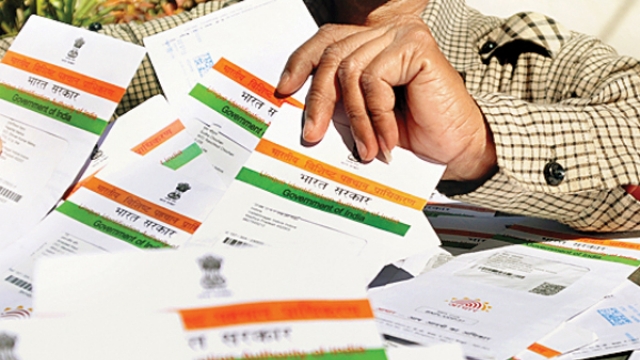Tourism is also a labour-intensive sector, creating 78 jobs for every million rupees invested, according to tourism ministry data. The agriculture sector creates 45 jobs for the same investment, and manufacturing, only 18.
Ever since 2009, the share of tourism in employment has consistently been over 10% of India’s workforce of 500 million workers. This means that the sector employs almost 50 million people–more than the population of Colombia.
The cap on withdrawal has affected not only incoming tourists, but also outgoing Indians, as Scroll reported on December 2, 2016. Visitors were unable to withdraw more than Rs 2,000 in foreign currency, which is not adequate.
RBI regulations also declared that foreign tourists could only exchange currency worth upto Rs 5,000 a week until December 15, 2016. However, before the move, foreign passport holders were able to exchange as much as $3,000 (Rs 200,000). This means that visiting foreigners can now only exchange 2.5% of what they could before notebandi.
Tourists were, however, allowed to use a ‘pre-paid instrument’ in exchange for foreign currency tendered. But this does not help those who have run out of foreign currency. Tourists leaving the country post-demonetisation have been unable to change more than Rs 5,000 into their own currency, although the average demand for re-encashment is Rs 20,400.
Watch here,
(Sourced from agencies, feature image courtesy:itravelgoa.in)
























